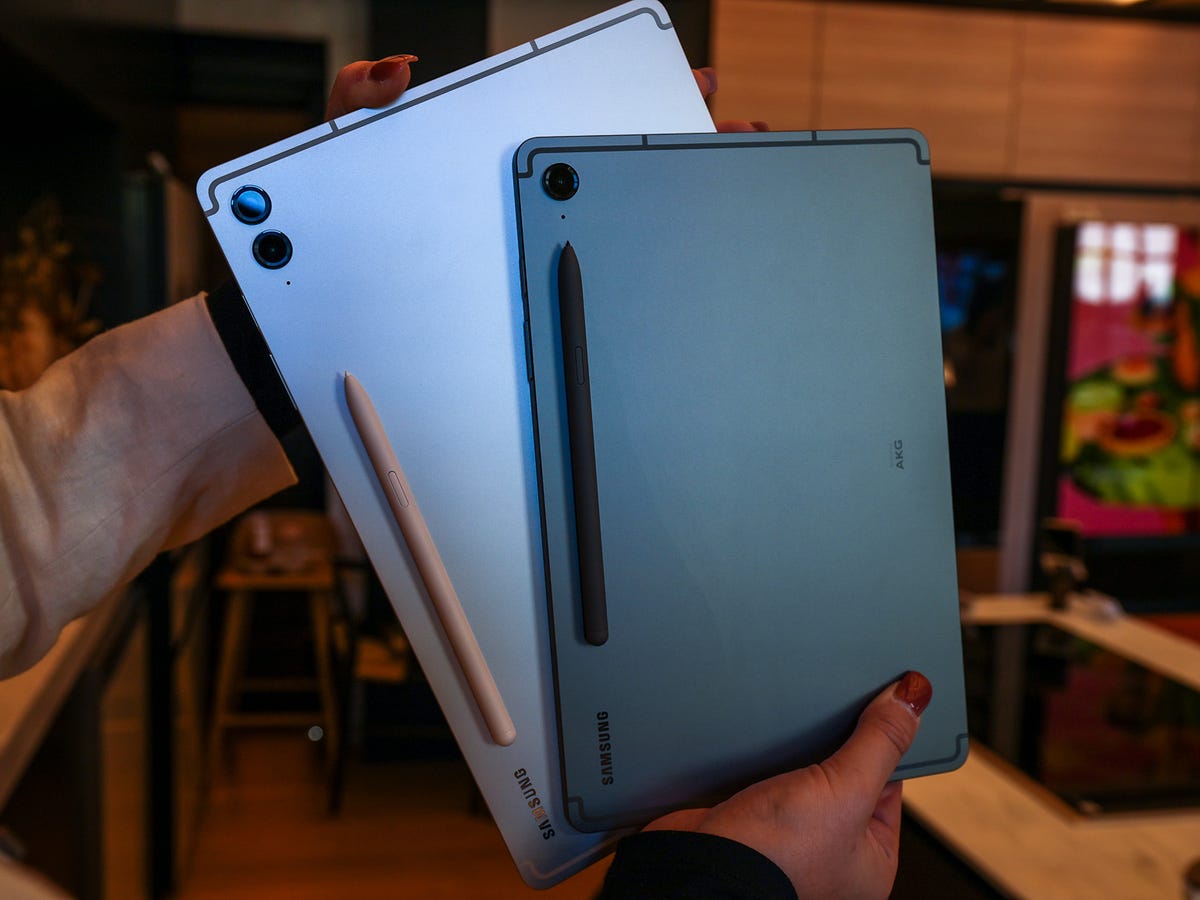
Understanding the Market
Before diving into budget-friendly tablets, understanding the market landscape is crucial. The Android ecosystem offers a wide range of devices catering to different needs and budgets. For those looking to spend under $20, options are limited but still impressive given the price point.
Key Features to Consider
When evaluating a tablet for under $20, several key features come into play:
- Display Quality: Screen resolution and size are crucial for an enjoyable viewing experience.
- Performance: Processor and RAM determine how smoothly the device runs and handles tasks.
- Storage: While 16GB or 32GB of storage might be the norm, expandable storage options are a significant plus.
- Battery Life: A long-lasting battery ensures you can use your tablet without frequent recharging.
- Operating System: The version of Android and any additional features like parental controls or app support are important considerations.
- Additional Accessories: Some tablets come with styluses, keyboards, or other accessories that enhance functionality.
Top Picks Under $20
Amazon's Budget Tablets
Amazon offers a variety of budget-friendly tablets highly rated by users and critics alike. Here are a few top picks:
Amazon Fire 7 (2022)
- Price: Around $10-$15
- Display: 7-inch display with 1024×600 resolution
- Performance: Quad-core processor with 1GB RAM
- Storage: 8GB or 16GB internal storage (expandable up to 512GB via microSD)
- Battery Life: Up to 7 hours of battery life
- Operating System: Fire OS
- Additional Features: Access to Amazon's ecosystem, including Prime Video and music streaming, parental controls, and Alexa integration.
The Amazon Fire 7 is an excellent choice for those who want a basic tablet for reading, browsing, and streaming content from Amazon's services. Its compact size and long battery life make it a great option for travel or casual use.
Amazon Fire HD 8 (2022)
- Price: Around $15-$20
- Display: 8-inch display with 1280×800 resolution
- Performance: Quad-core processor with 2GB RAM
- Storage: 32GB internal storage (expandable up to 1TB via microSD)
- Battery Life: Up to 12 hours of battery life
- Operating System: Fire OS
- Additional Features: Access to Amazon's ecosystem, including Prime Video and music streaming, parental controls, and Alexa integration.
The Fire HD 8 offers a larger screen and slightly better performance compared to the Fire 7. It's ideal for those who need a bit more screen real estate without breaking the bank.
Samsung Galaxy Tab A Series
While Samsung's high-end tablets are known for their premium features, their budget-friendly options like the Galaxy Tab A series offer great value for money.
Samsung Galaxy Tab A2
- Price: Around $15-$20
- Display: 10-inch display with 1024×600 resolution
- Performance: Quad-core processor with 1GB RAM
- Storage: 8GB internal storage (expandable up to 512GB via microSD)
- Battery Life: Up to 7 hours of battery life
- Operating System: Android 10
- Additional Features: Basic Android experience, expandable storage, and a compact design.
The Galaxy Tab A2 is a budget-friendly option that provides a decent Android experience without the hefty price tag. It's perfect for basic tasks like browsing, reading, and streaming content.
Other Budget-Friendly Options
Besides Amazon and Samsung, other brands offer affordable tablets that might not be as well-known but still offer great value.
PRITOM TAB12
- Price: Around $10-$15
- Display: 10-inch display with 1280×800 resolution
- Performance: Octa-core processor with 6GB RAM (expandable to 12GB)
- Storage: 128GB internal storage (expandable up to 1TB via microSD)
- Battery Life: Up to 8 hours of battery life
- Operating System: Android 12
- Additional Features: Dual cameras, Bluetooth connectivity, and a compact design.
The PRITOM TAB12 offers impressive specs for its price, making it a strong contender in the budget tablet market. Its expandable storage and decent performance make it suitable for more demanding tasks.
JREN Kids Tablet
- Price: Around $10-$15
- Display: 10-inch display with 1280×800 resolution
- Performance: Quad-core processor with 4GB RAM
- Storage: 64GB internal storage (expandable up to 128GB via microSD)
- Battery Life: Up to 8 hours of battery life
- Operating System: Android 11
- Additional Features: Parental controls, pre-installed kids' apps, and a shockproof case.
The JREN Kids Tablet is designed specifically for children, offering a safe and user-friendly experience. Its parental controls and pre-installed kids' apps make it an excellent choice for parents looking to keep their children entertained and educated.
Making the Right Choice
Finding the best Android tablets under $20 involves considering specific requirements and how you plan to use the device. By evaluating the options mentioned above, you can find an Android tablet that meets your needs without breaking the bank.
- Amazon's Fire Series: Offers excellent value for money with access to Amazon's ecosystem and long battery life.
- Samsung's Galaxy Tab A Series: Provides a decent Android experience at an affordable price point.
- Other Budget-Friendly Options: Brands like PRITOM and JREN offer impressive specs and features at budget prices.
While high-end tablets often get the spotlight, many excellent budget-friendly Android tablets provide a reliable and enjoyable experience without costing an arm and a leg. Whether you're a student, a parent, or simply someone looking for a portable device for entertainment, one of these affordable tablets is sure to meet your needs.
